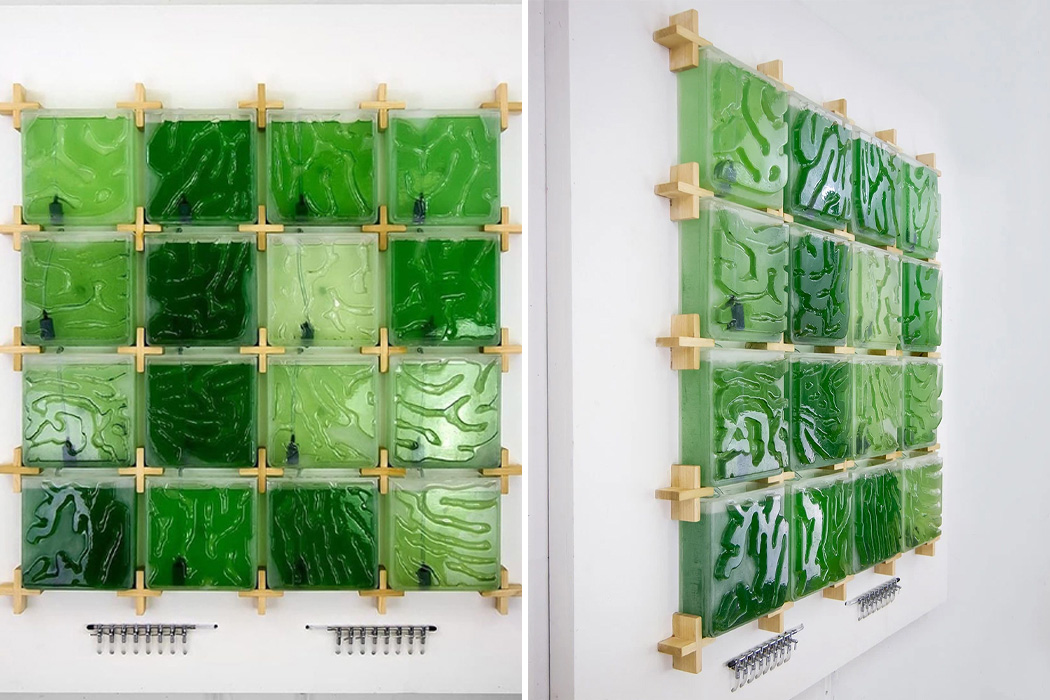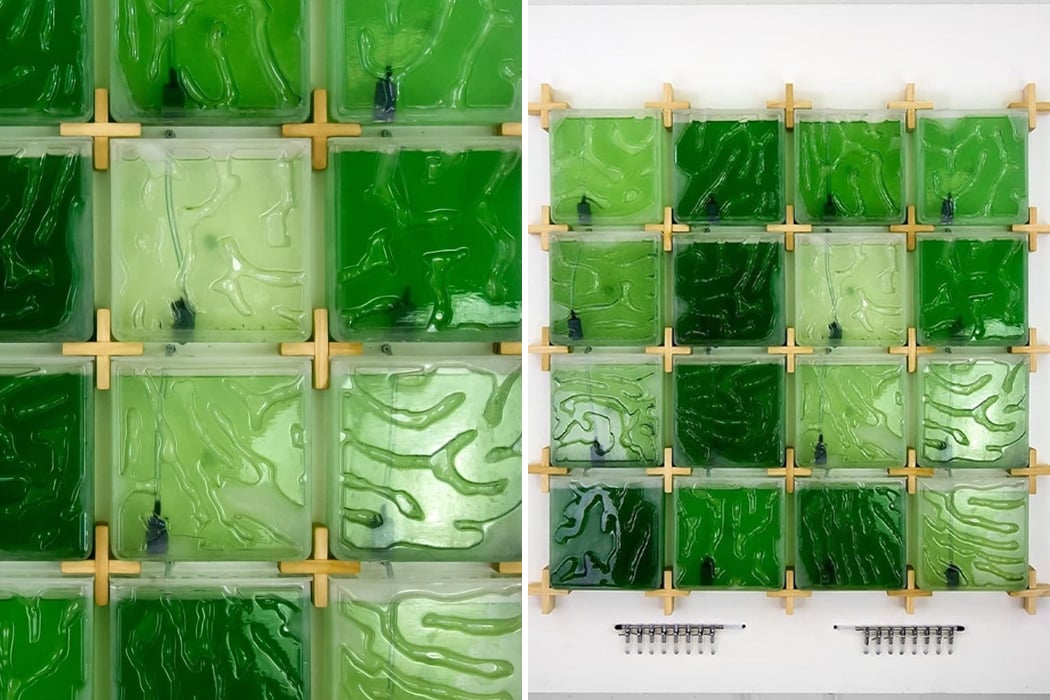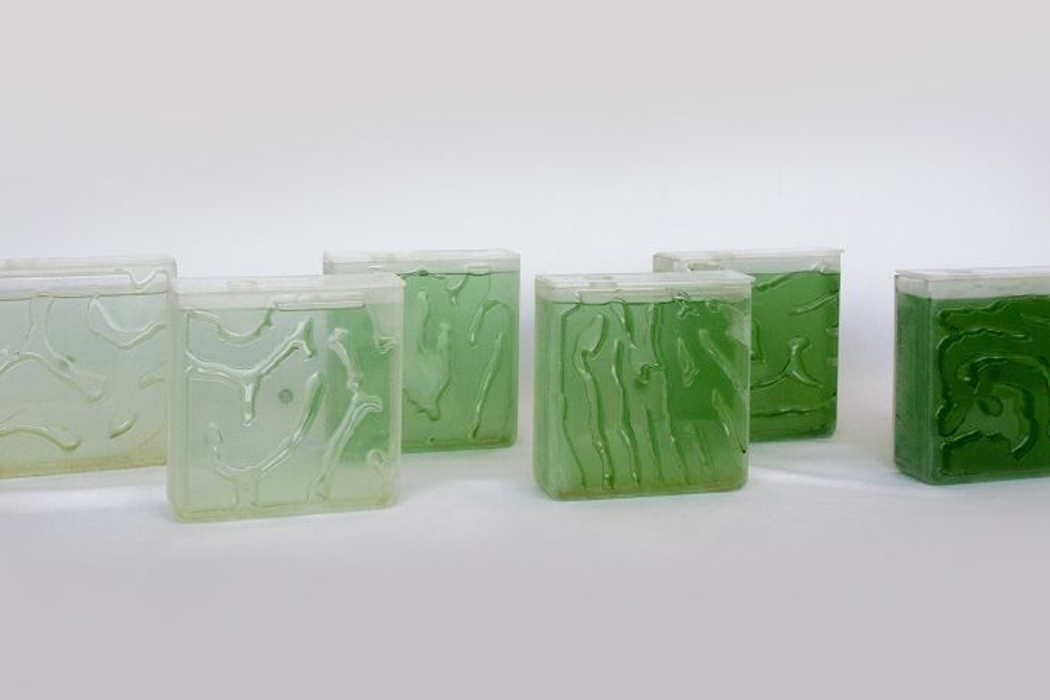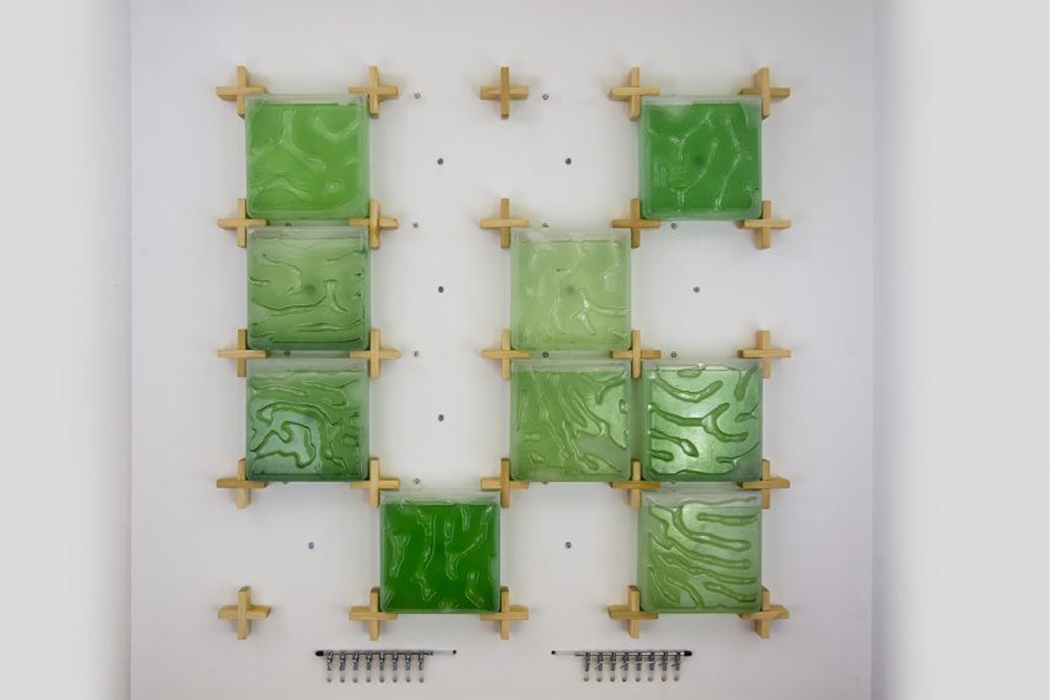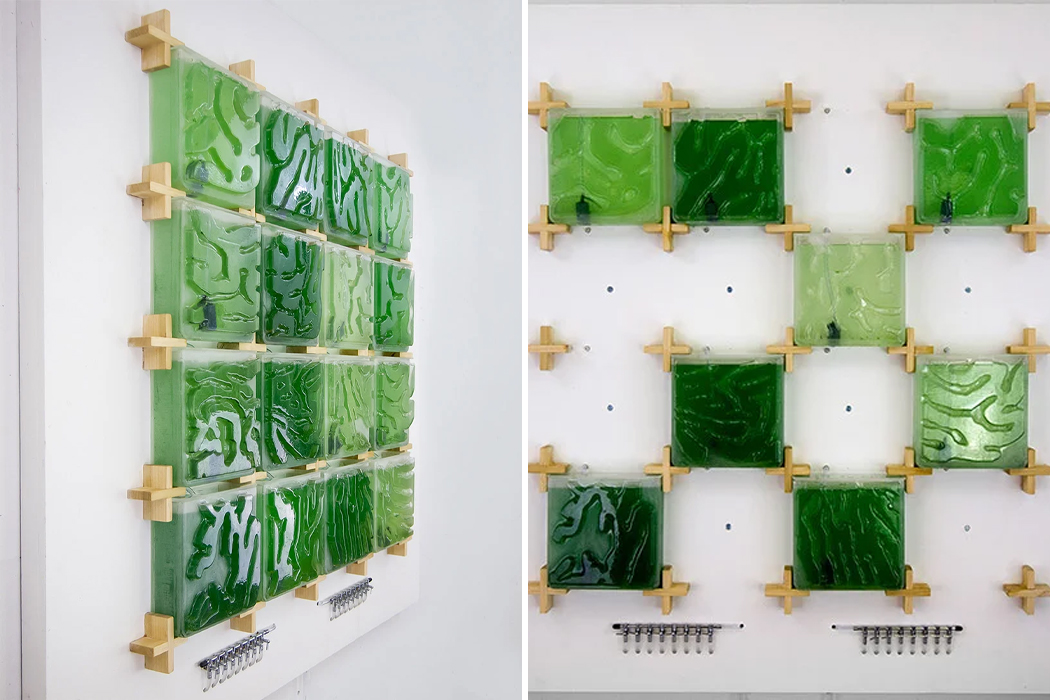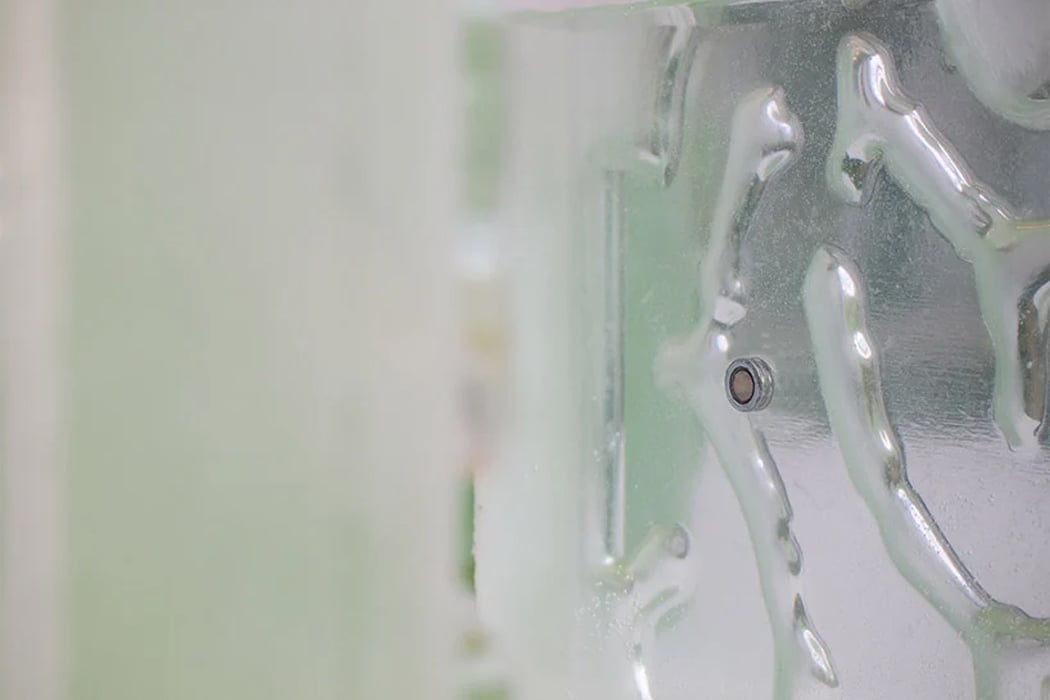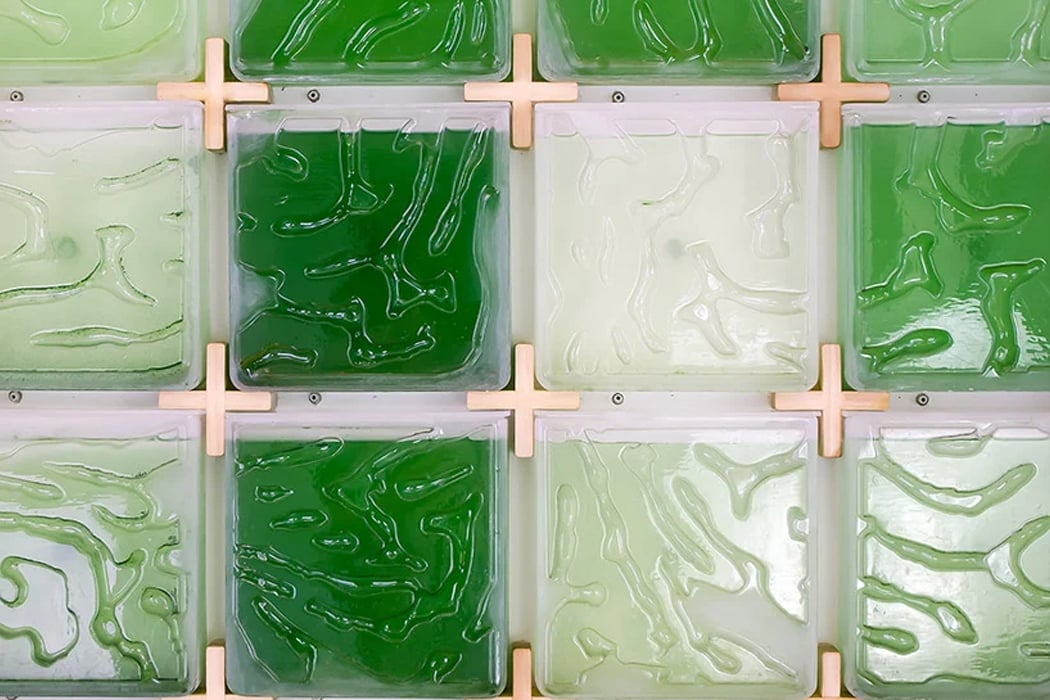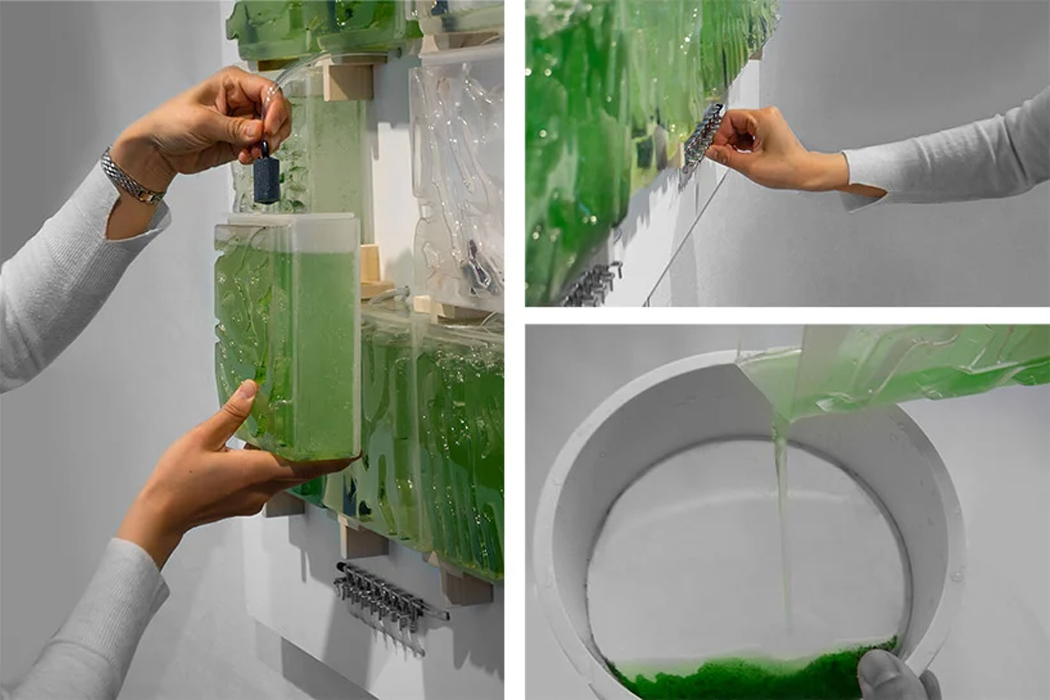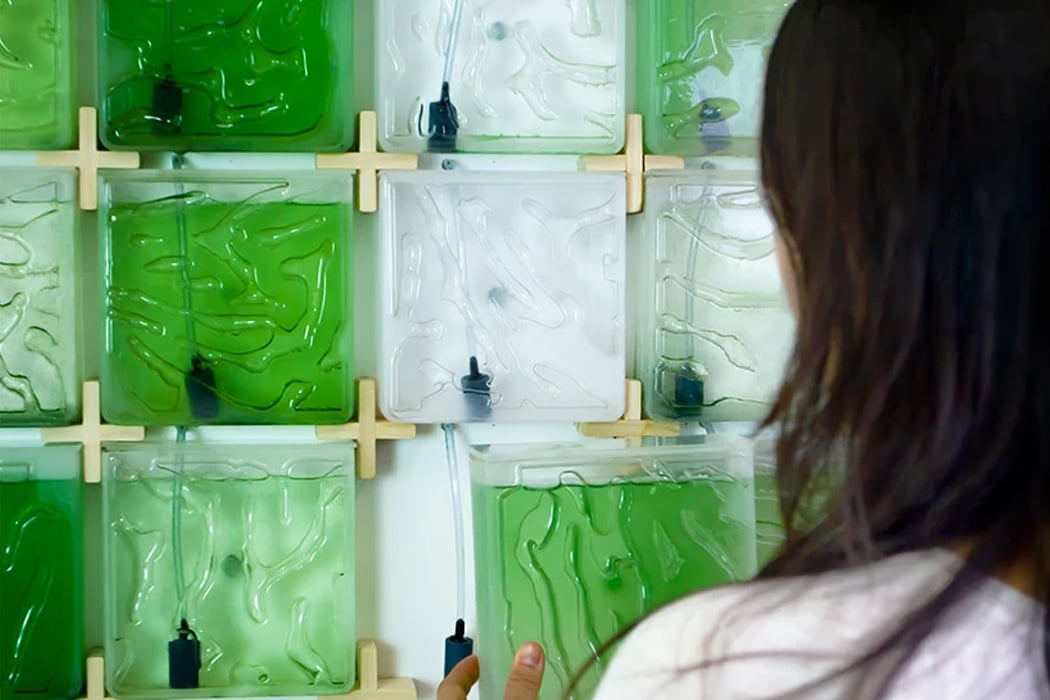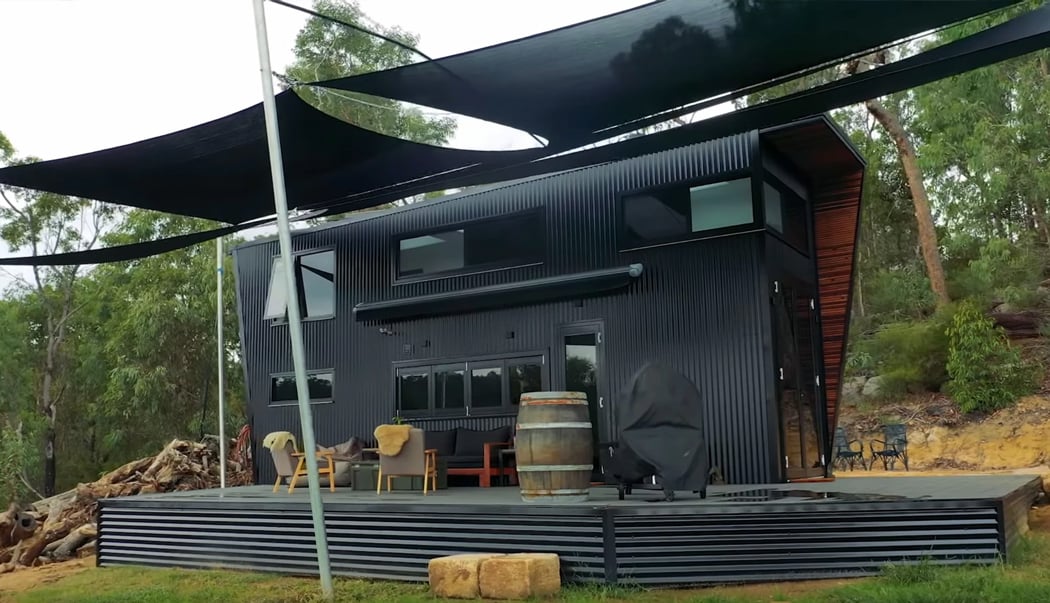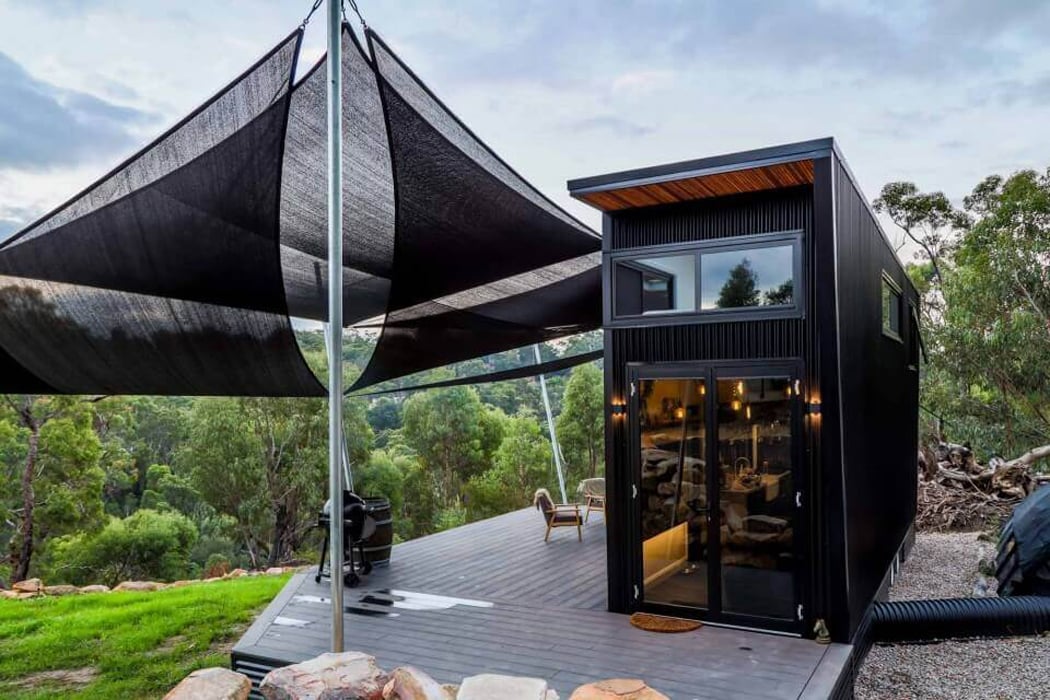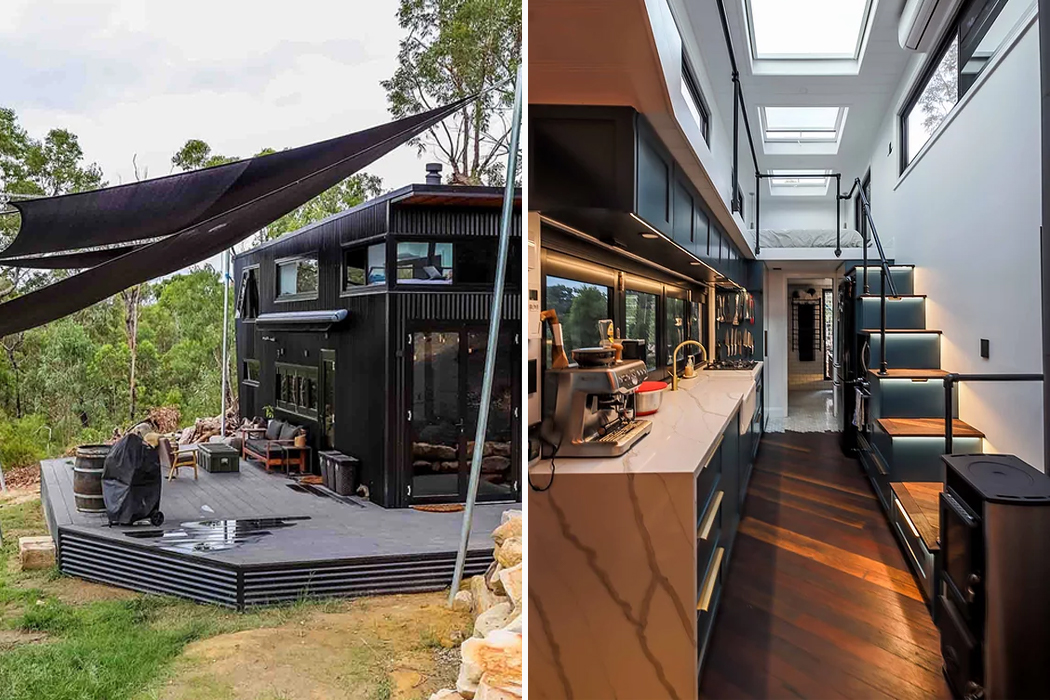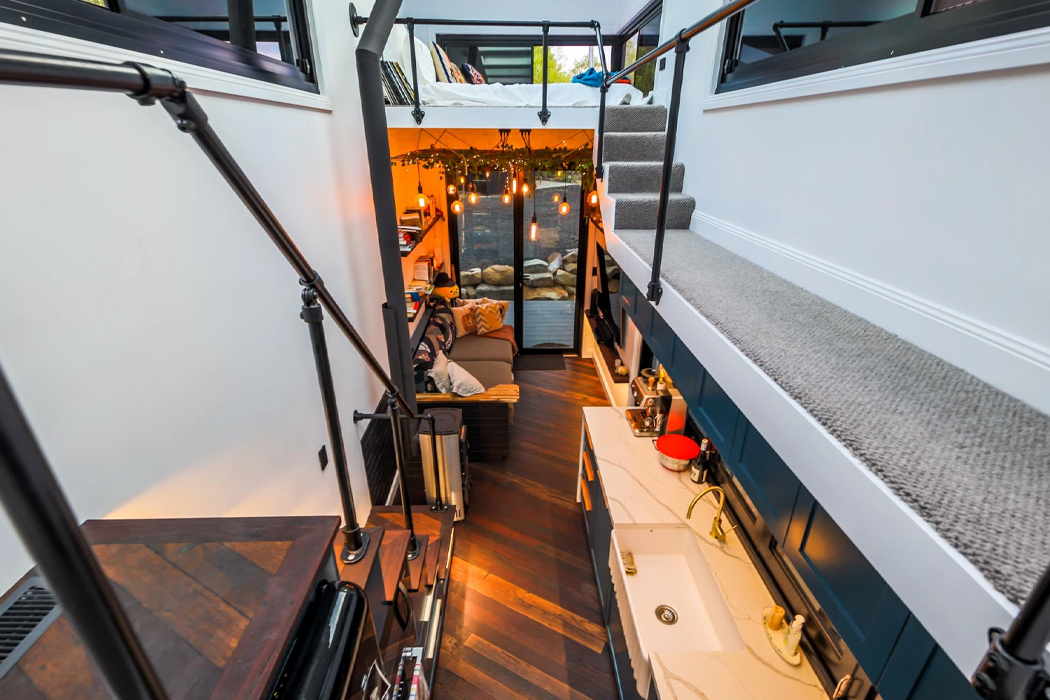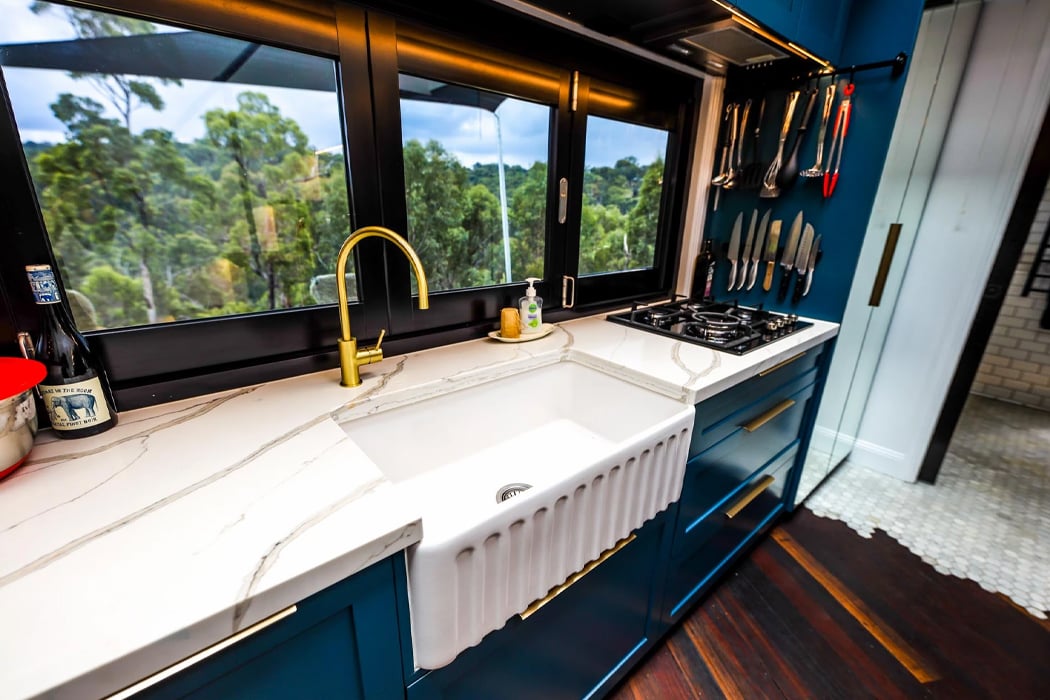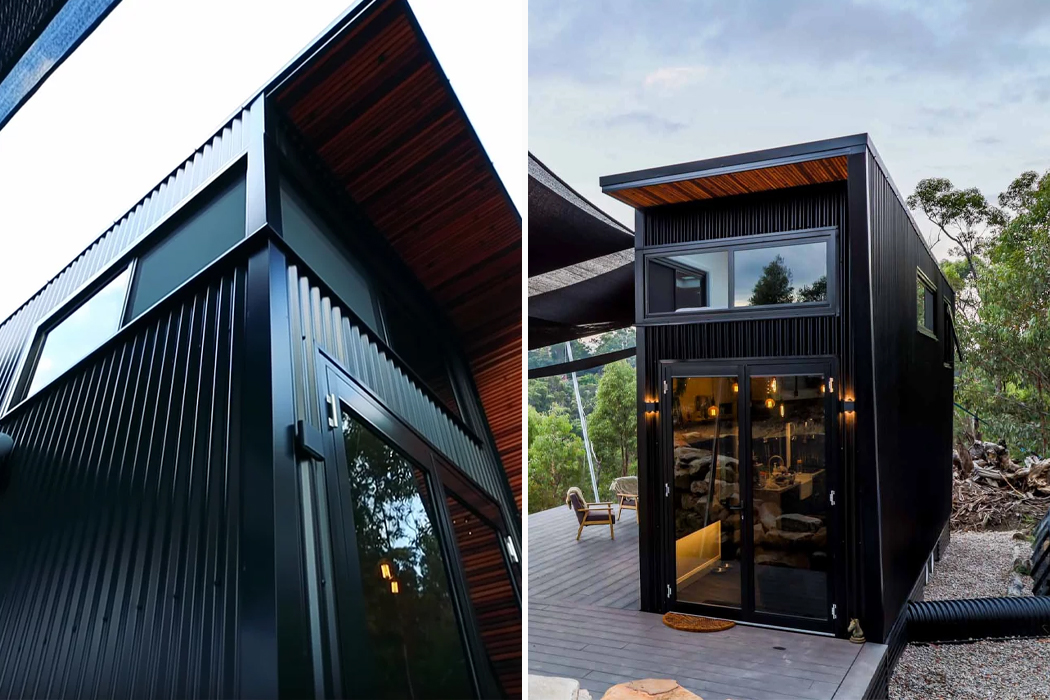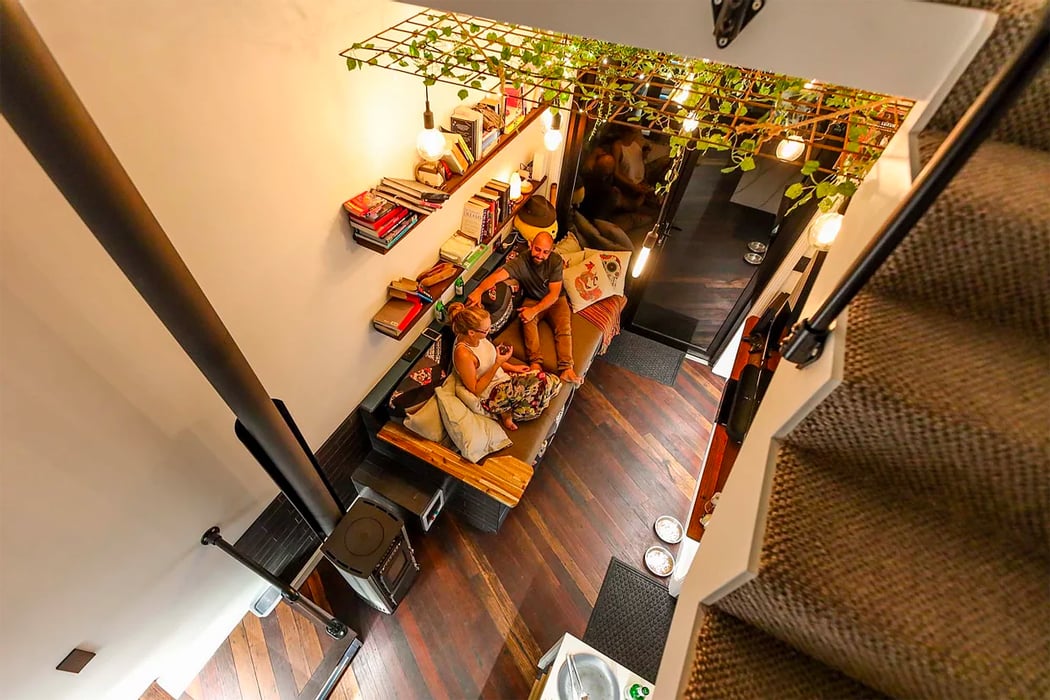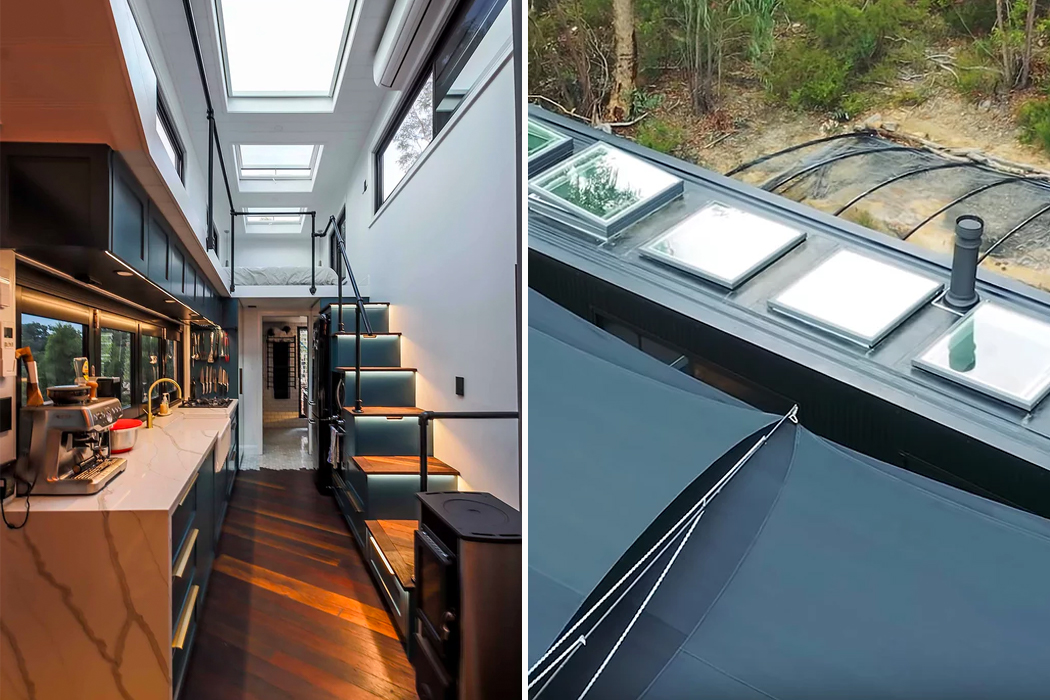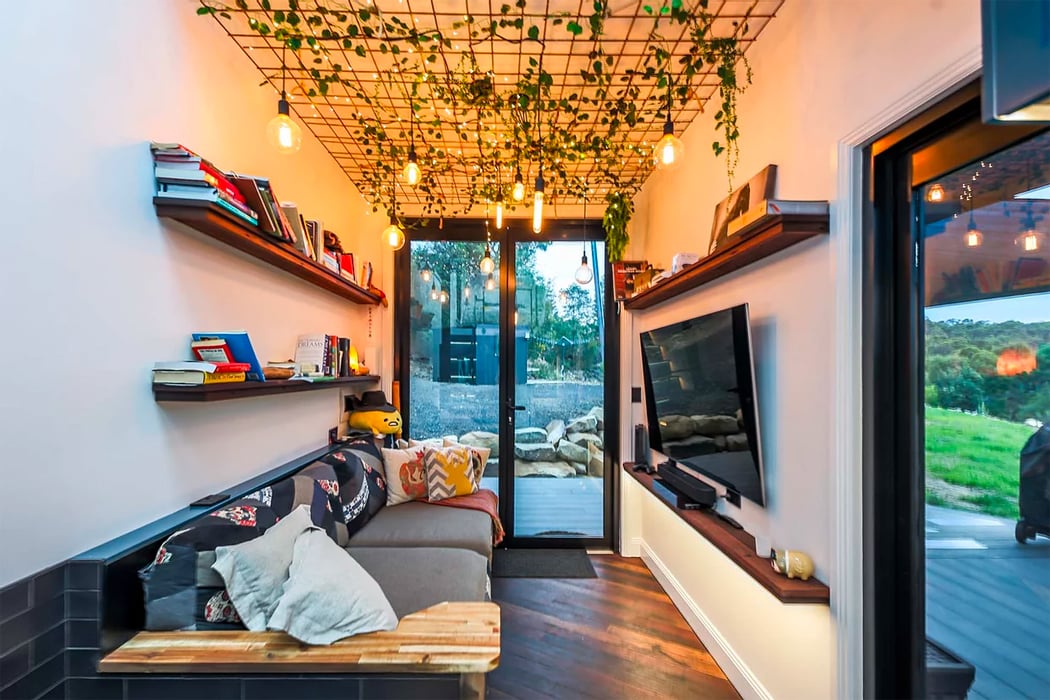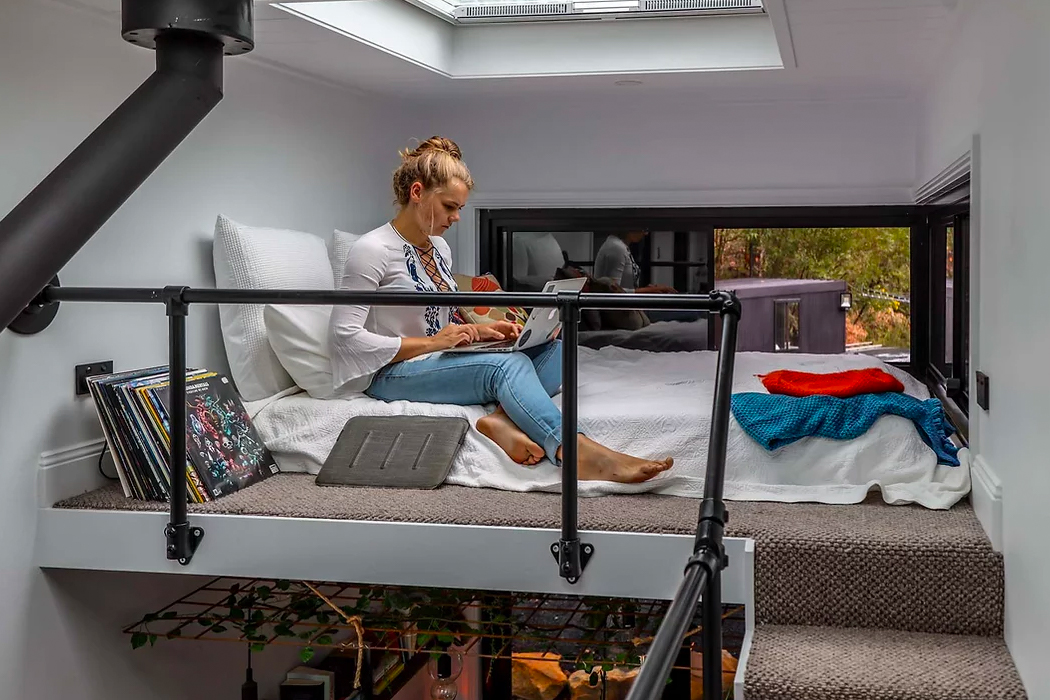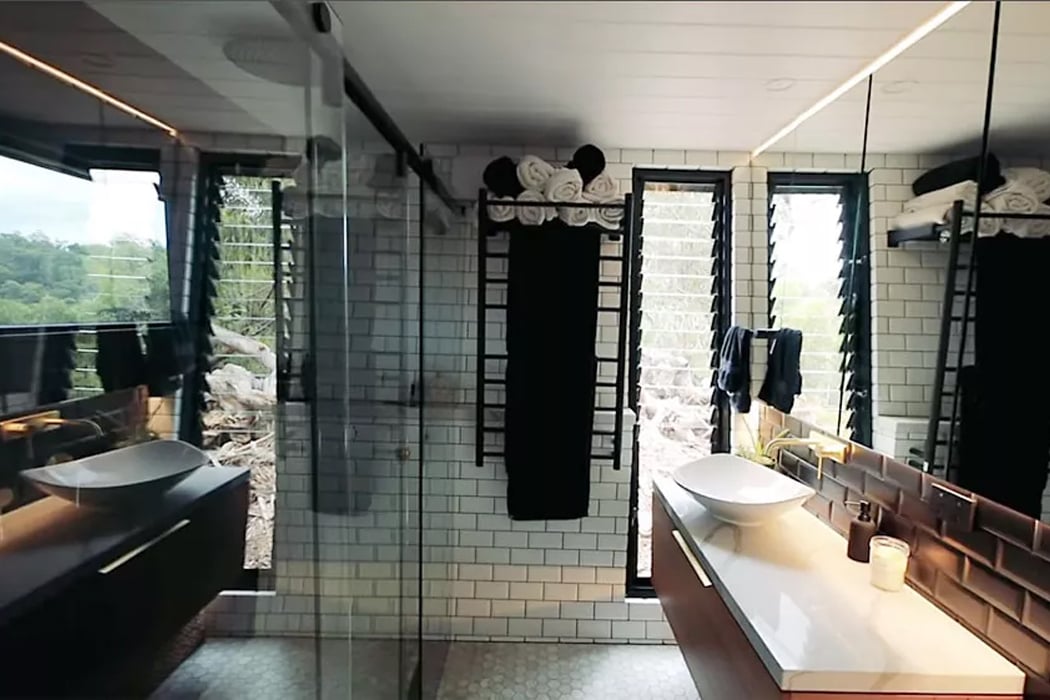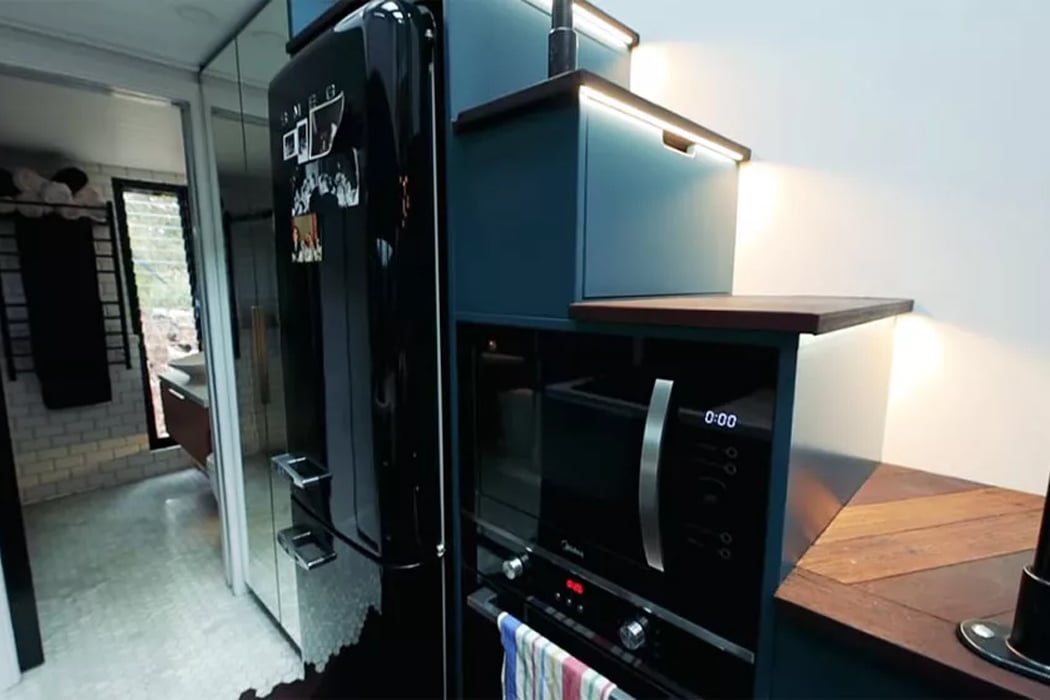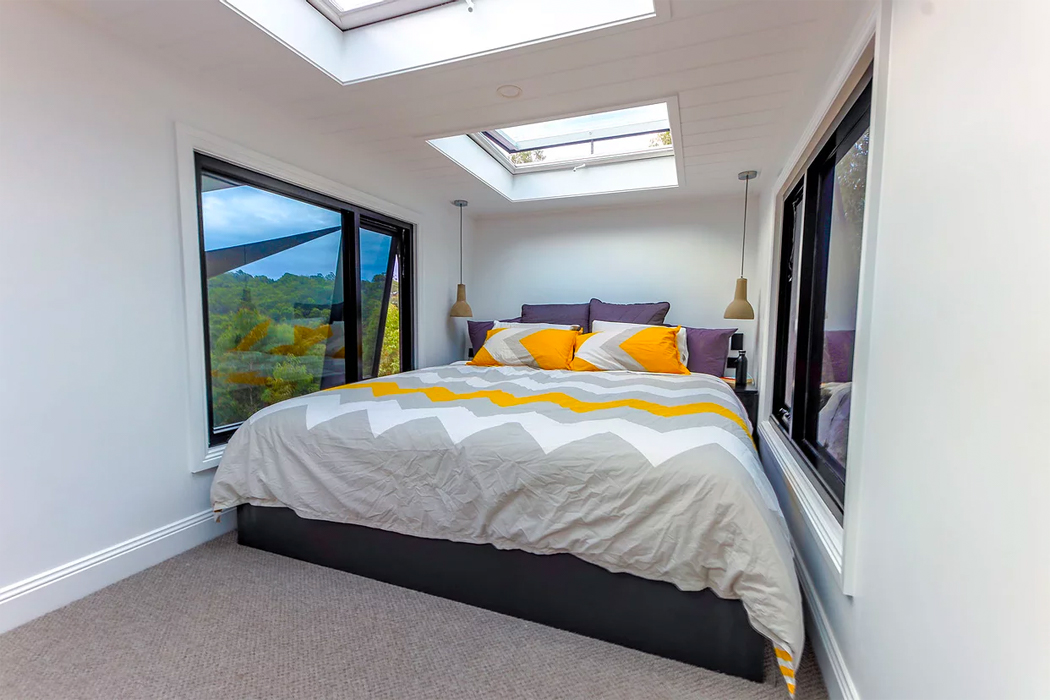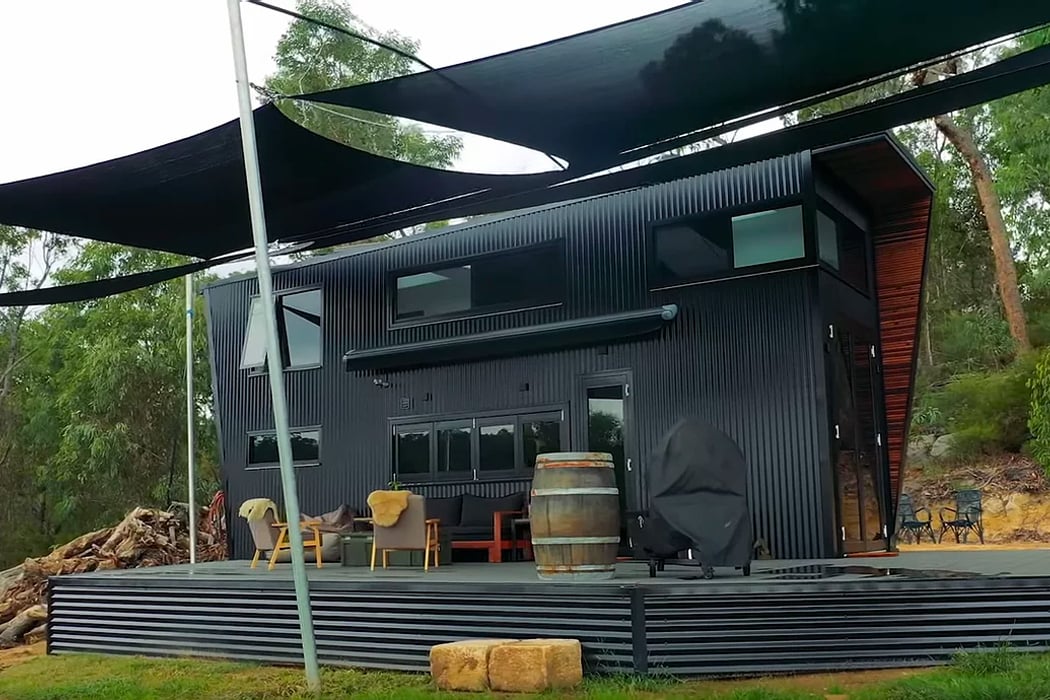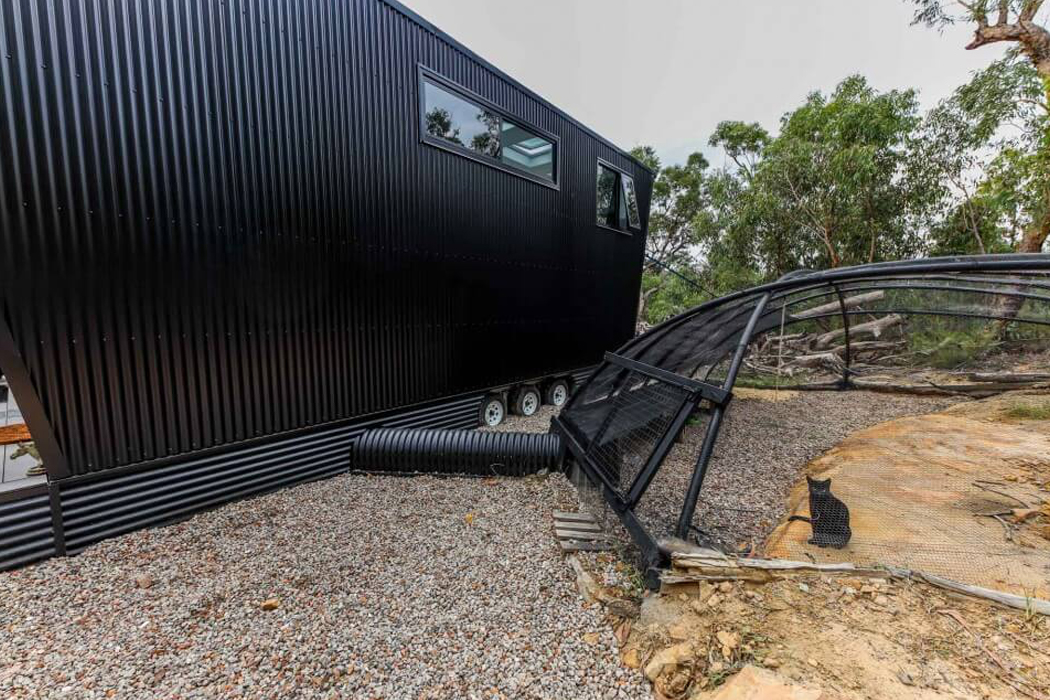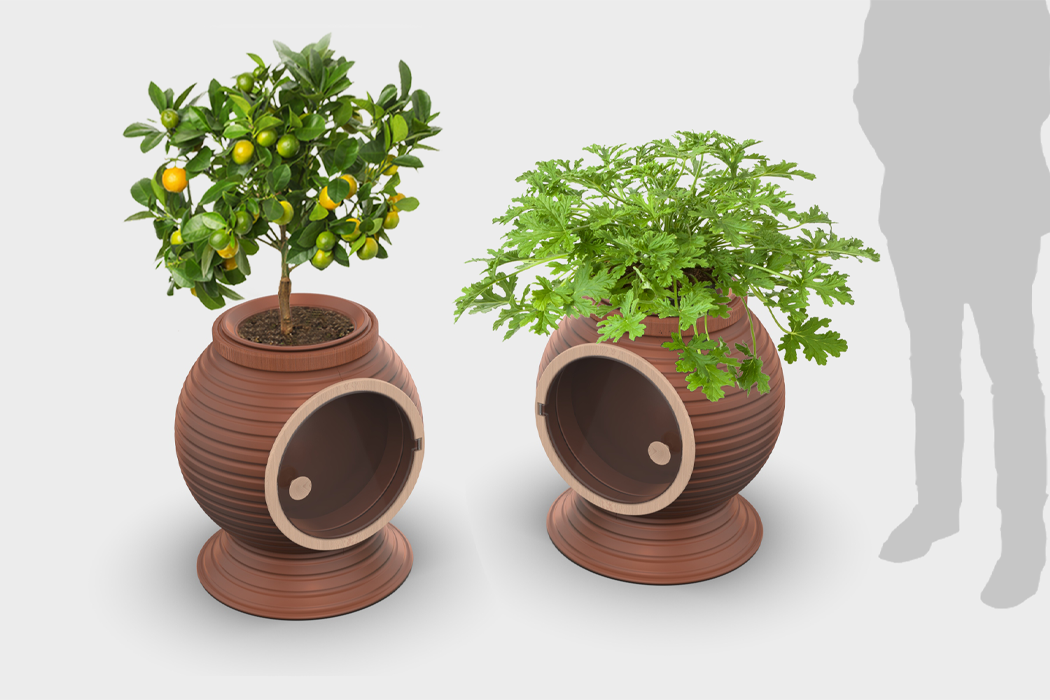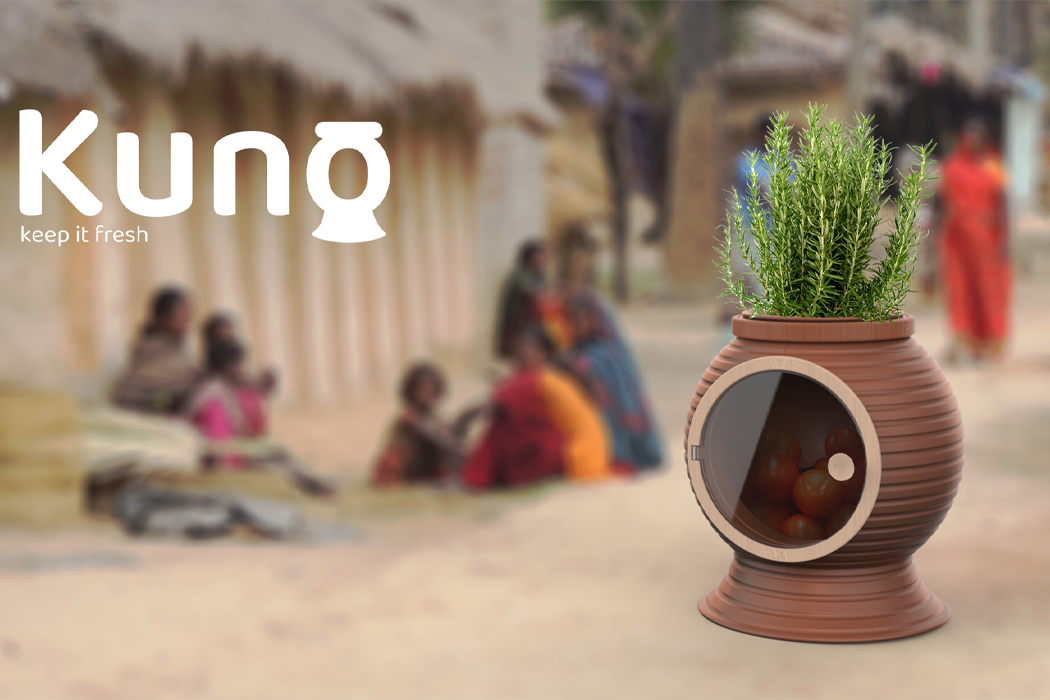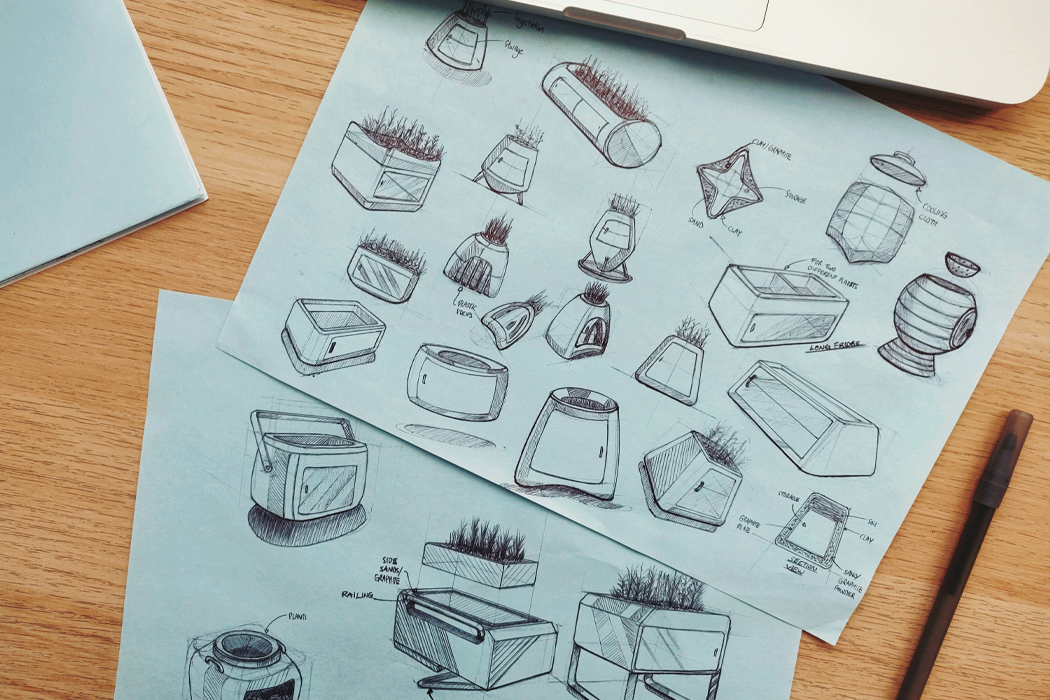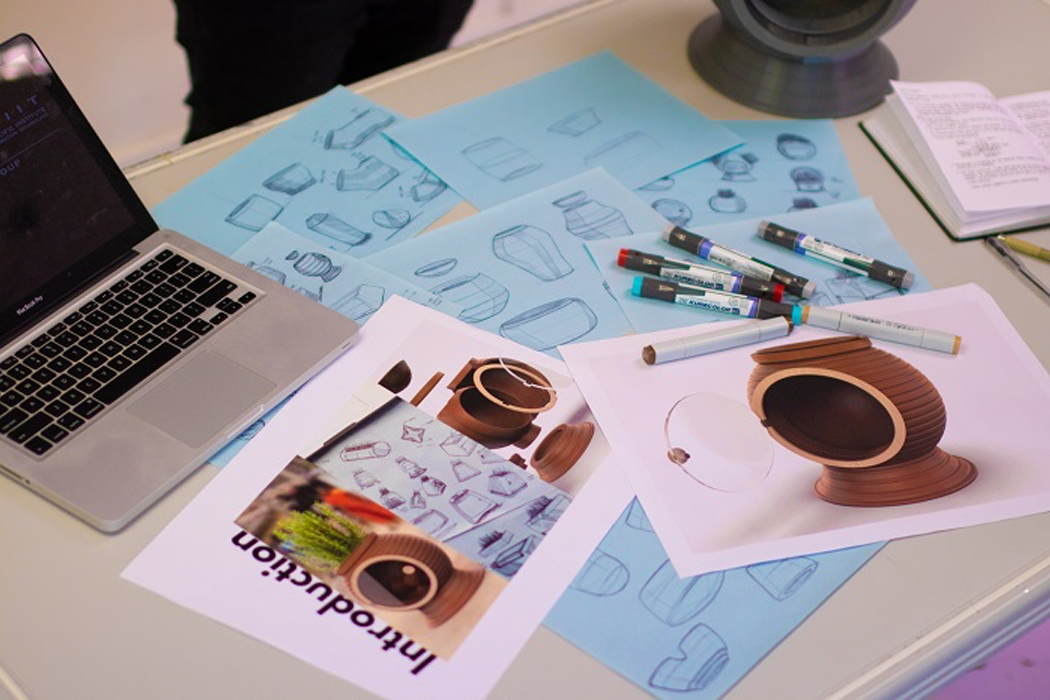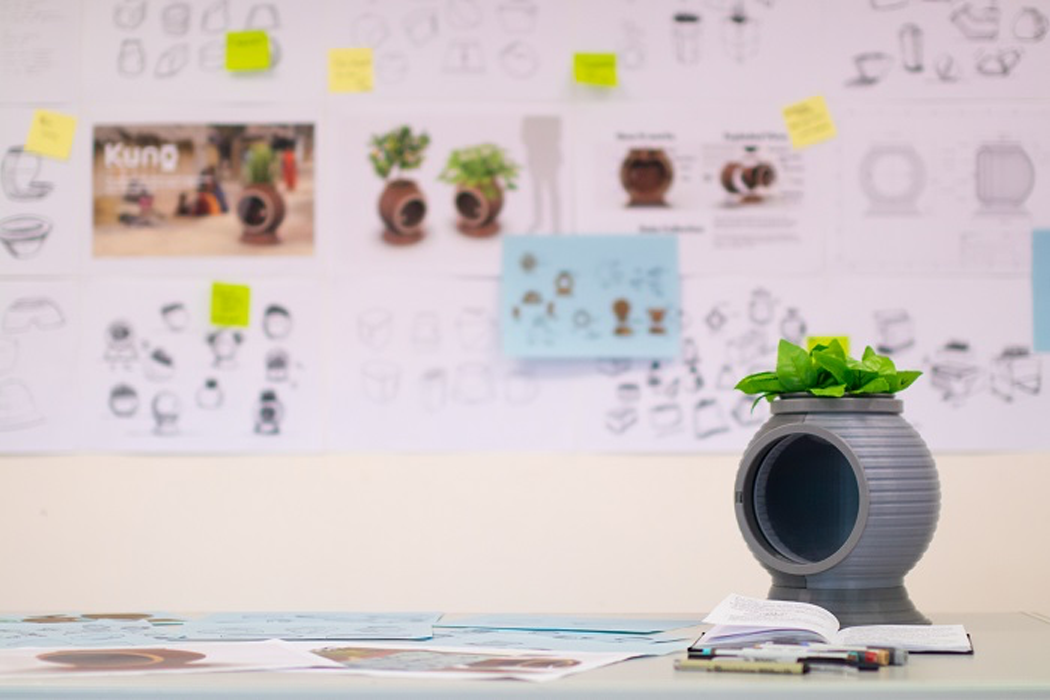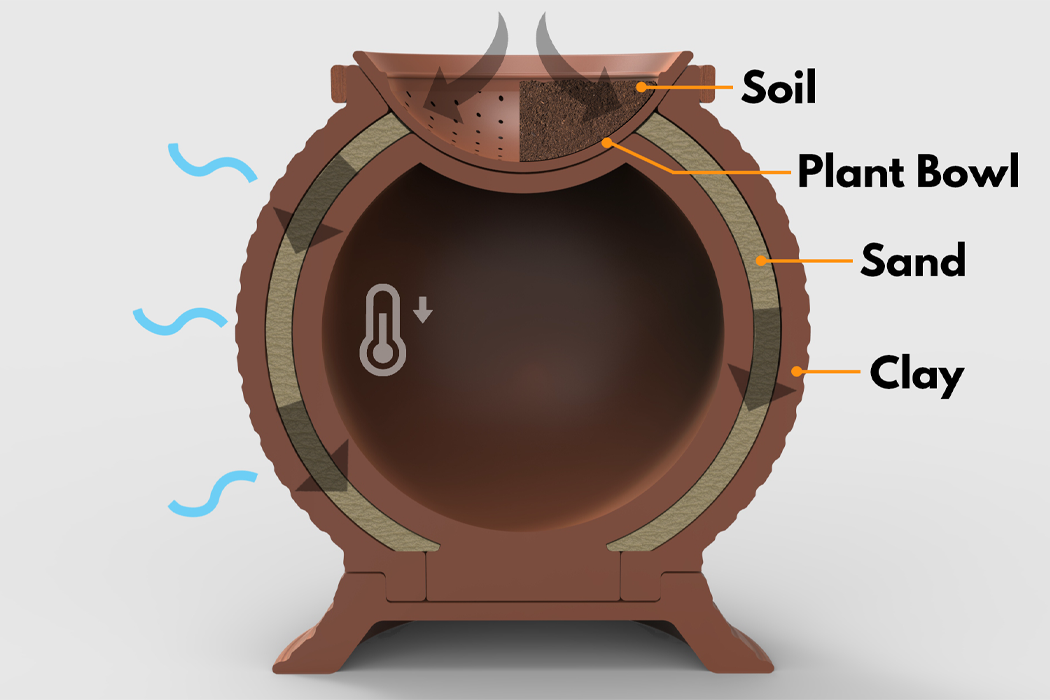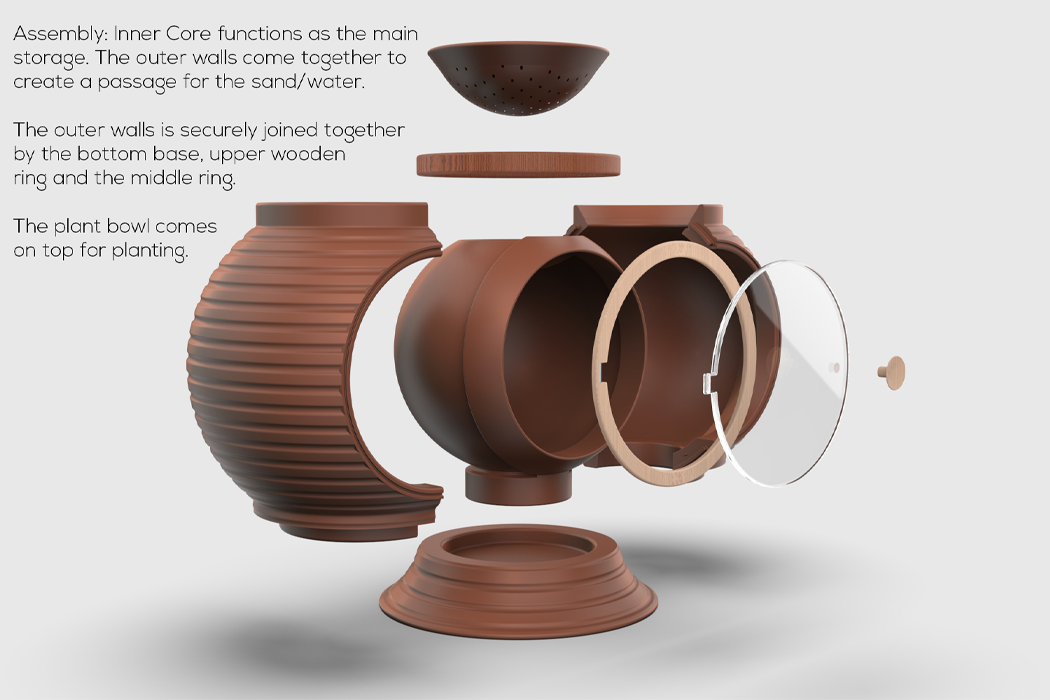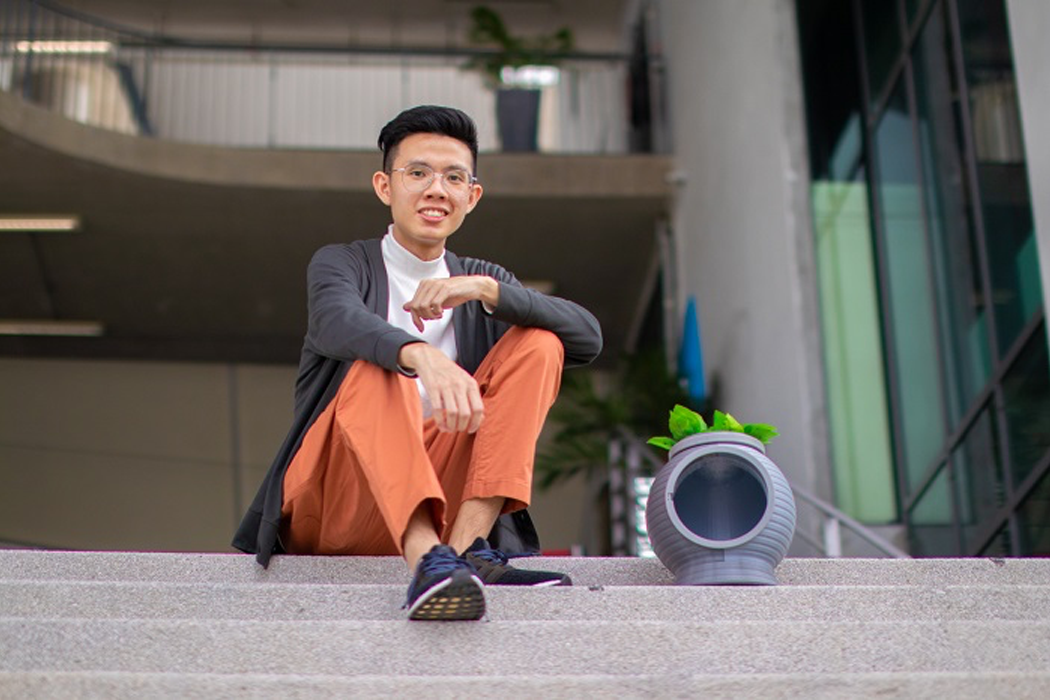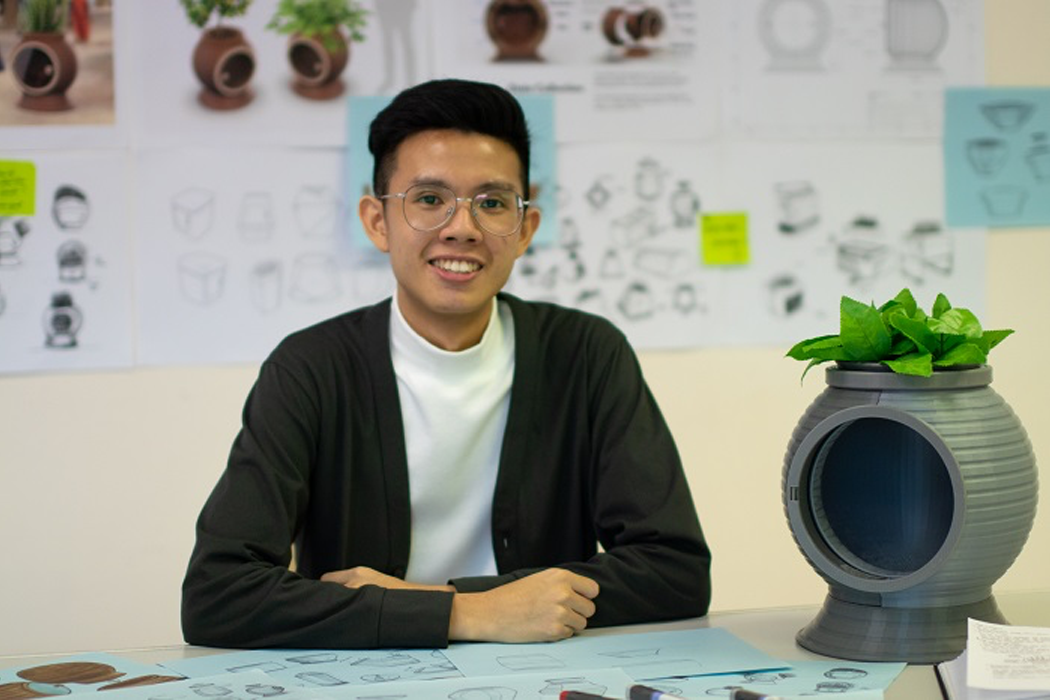Coral and algae have a symbiotic relationship, one that biomimicry design can depend on as a model. Coral reefs provide algae with a safe environment to grow along with the compounds needed for photosynthesis, while the algae produce oxygen and supply coral reefs with the nutrients needed to keep their ecosystems colorful and healthy. The algae convert carbon dioxide into nutrient-rich biomass, allowing coral reefs to still thrive even in nutrient-poor waters. Following this cycle and applying it to human life, the health benefits of consuming algae cannot be overstated. In order to incorporate algae, a nutrient-rich superfood, into our homes and daily health rituals, Hyunseok An’s design team Ulrim designed The Coral, an indoor micro-algae farm that looks as good as it is for you.
Using algae to convert carbon dioxide into energy, The Coral implements the use of a bioreactor to support its micro-biological farm. The bioreactor provides a controlled environment for the algae to enact photosynthesis and produce the nutrients that are then contained within the wall-mounted cell blocks for future consumption. Each cell block is like a microcosm of stagnant ponds covered with a healthy coating of algae, the only difference being that The Coral is a controlled environment. This controlled environment allows each cell block to successfully perform the symbiotic relationship that occurs in nature as we witness take place in coral reefs. Each of The Coral’s 16 cell blocks contains two-grams of algae that darken as the algae grow. Once a cell block reaches its darkest blue-green, typically over the span of two weeks, it can be consumed and taken in as a daily health supplement, as the cycle is then replenished and continued.
The Coral’s gradient look is biomimicry at its best as it’s the result of a living micro-algae farm moving through the natural process of photosynthesis. Algae is quickly gaining traction for the nutrient-packed superfood that it is and in designing The Coral, Ulrim hoped to bridge the health benefits gained from algae with our daily habits and lived-in spaces. By creating a means for harvesting algae in any home, The Coral provides a sustainable means for attaining enduring overall health.
Designer: Ulrim
